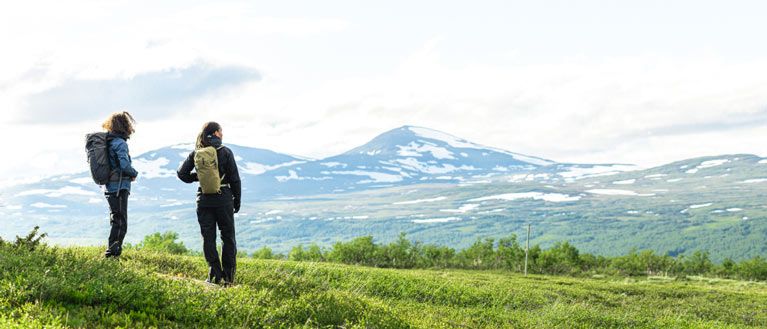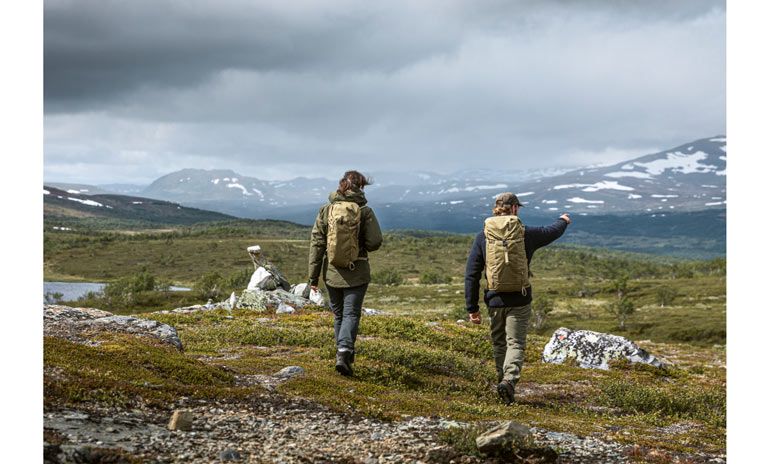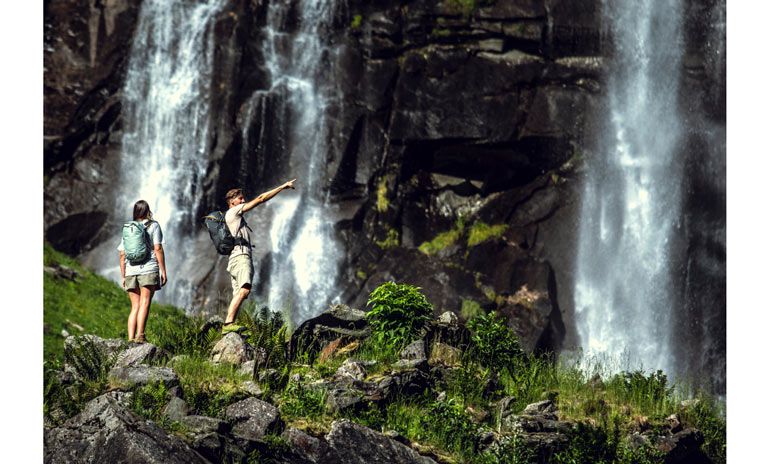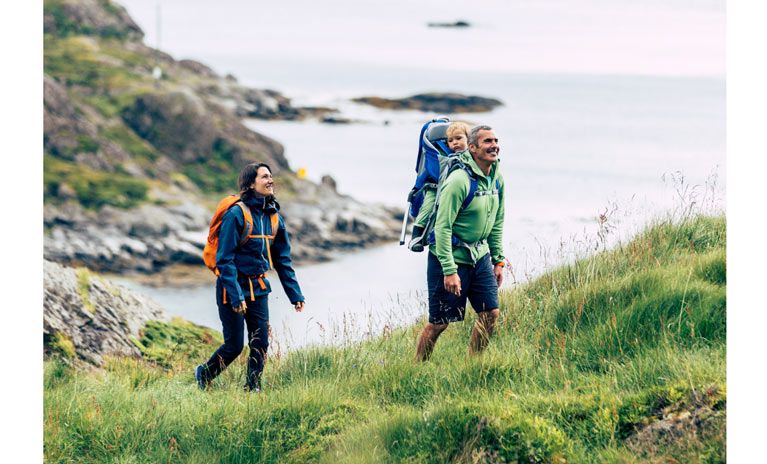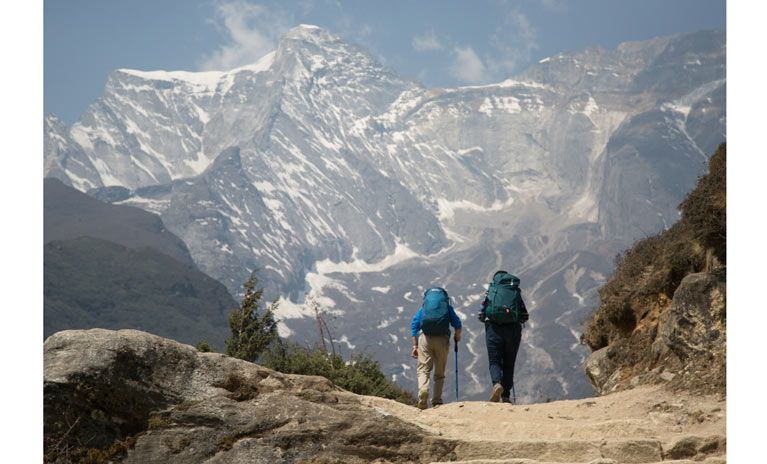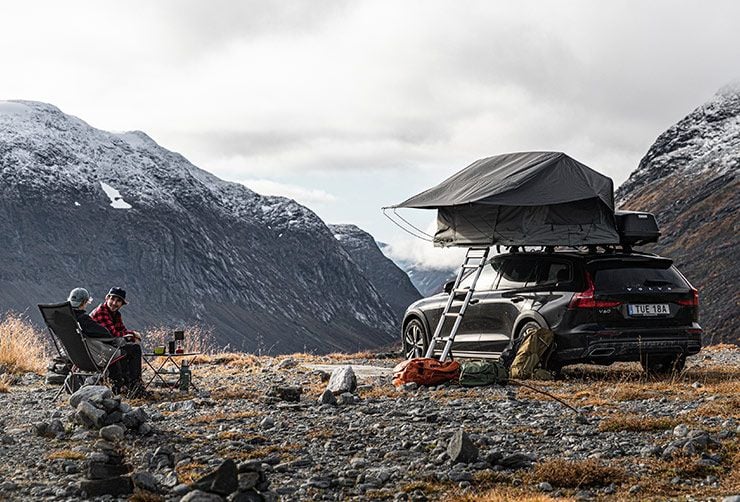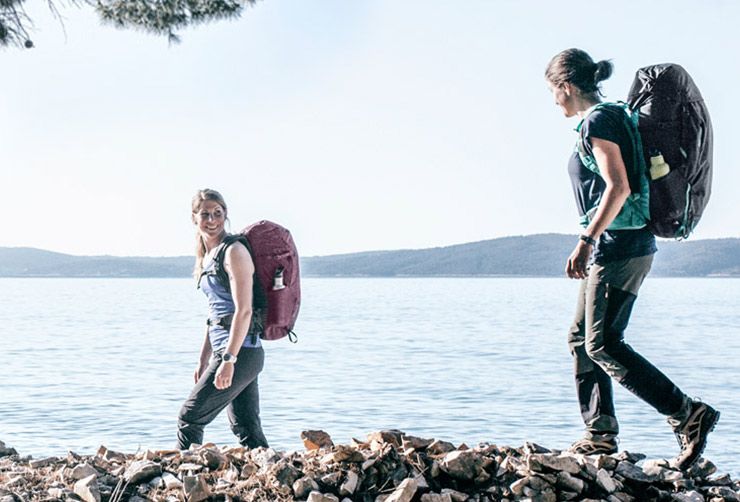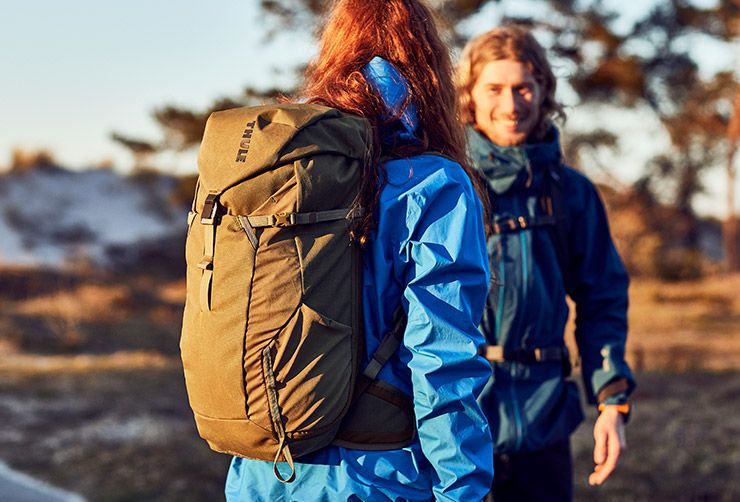Are you going on a hike or a trek? We settle the differences once and for all!
Hiking and trekking have lots of similarities and the terms are often used interchangeably. When we picture a trek, we might picture athletic people, geared up and ready to climb Mount Everest. But a trek doesn’t have to be climbing the world’s largest peak, and one person’s hike might be another person’s trek.
Regardless of whether you call your expedition hiking or trekking, if you identify your trip in the correct category, you’ll be more prepared for what is to come. Here we have gathered some important differences.
